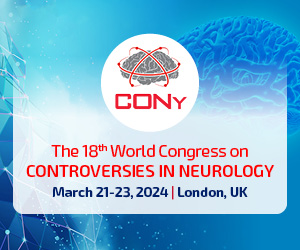Therapeutic management of pregnant women with intracranial haemorrhage related to most commonly occurring arteriovenous malformations
Adrianna Jarych1, Paweł Kolasa2
 Affiliation and address for correspondence
Affiliation and address for correspondenceIntracranial haemorrhage in pregnancy poses a serious threat to both the mother and the foetus. It is associated with a high mortality and it is the third among non-obstetric causes of death in this group of patients, accounting for 5–12% of all deaths of the pregnant. Vascular malformations, mainly intracranial aneurysms and arteriovenous malformations observed also in the general population, are the most common cause of bleeding in pregnant women. So far, there have been no clear guidelines for the treatment of pregnant women with intracranial haemorrhage in the course of the above mentioned malformations, therefore the objective of this study is to summarize the knowledge about the specificity of therapeutic management in those cases. The study discusses the location of vascular lesions, physiological processes in a pregnant woman that must be taken into consideration during a therapeutic intervention, the problem of selecting the treatment (surgical treatment, endovascular therapy, radiosurgery), method and time of delivery, the use of ionizing radiation and drugs during endovascular procedures. In the available literature a special attention is paid to the mother’s welfare during the undertaken treatment, including the maintenance of normal uteroplacental perfusion, which has an effect on the general condition of the foetus. Therefore, it is essential to know the discussed physiological changes in a pregnant women as they condition specific therapeutic management. The safety of applied endovascular procedures in pregnant women is equally important due to the use of both ionizing radiation and certain medications. It is believed that these procedures are acceptable in pregnant women when appropriate radiological protection is used, radiation doses are reduced and medications are selected properly. However, surgical intervention is still considered to be the main method of treatment in this group of patients. The decision about the delivery in a patient with intracranial haemorrhage should be made depending on the gestational age and the condition of the mother and the foetus. The foetus’ age limit above which its chance of survival outside the mother’s body increases significantly, is the 28th week of gestation, hence above this limit it is recommended to deliver the baby before the patient’s treatment is introduced.








